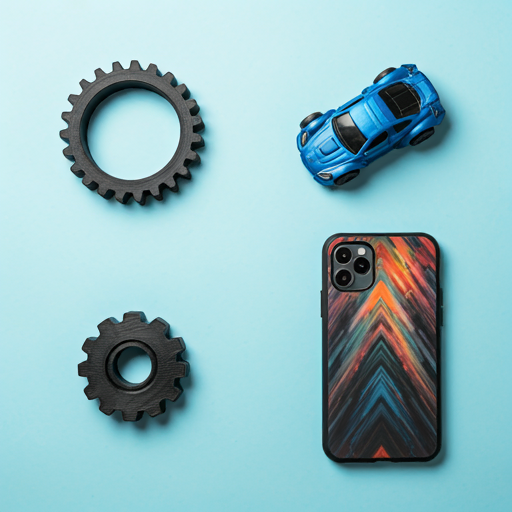
-
How it works
-
Industries
-
Services
-
Material
-
Company
-
Resources

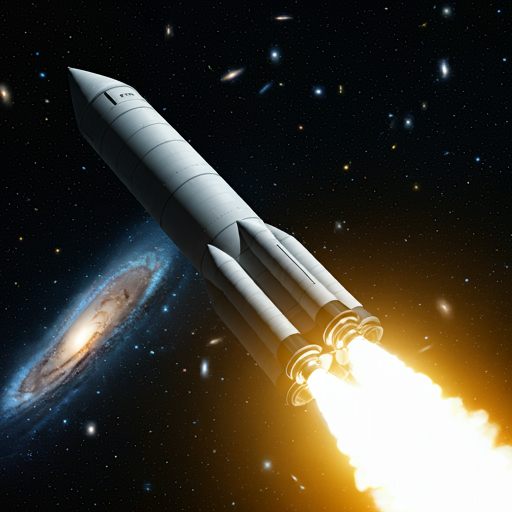

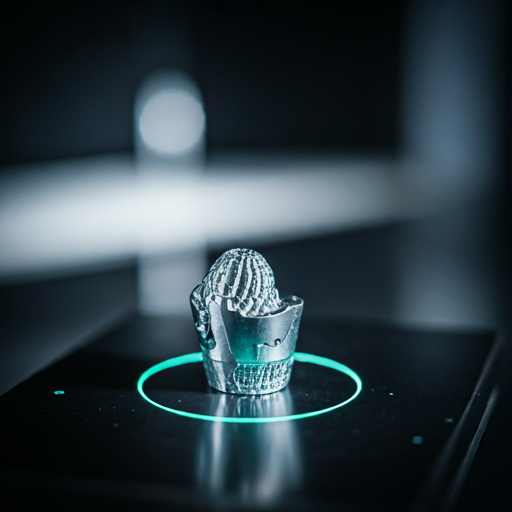
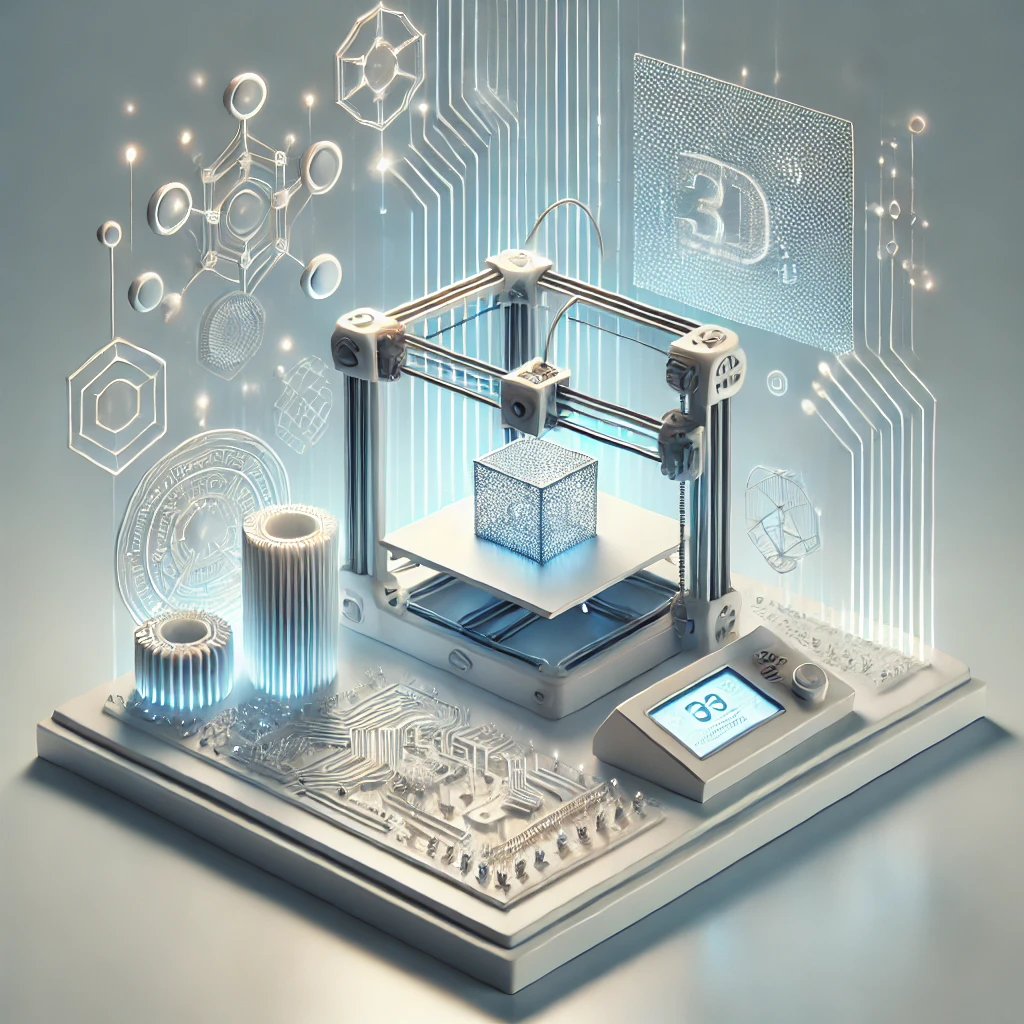
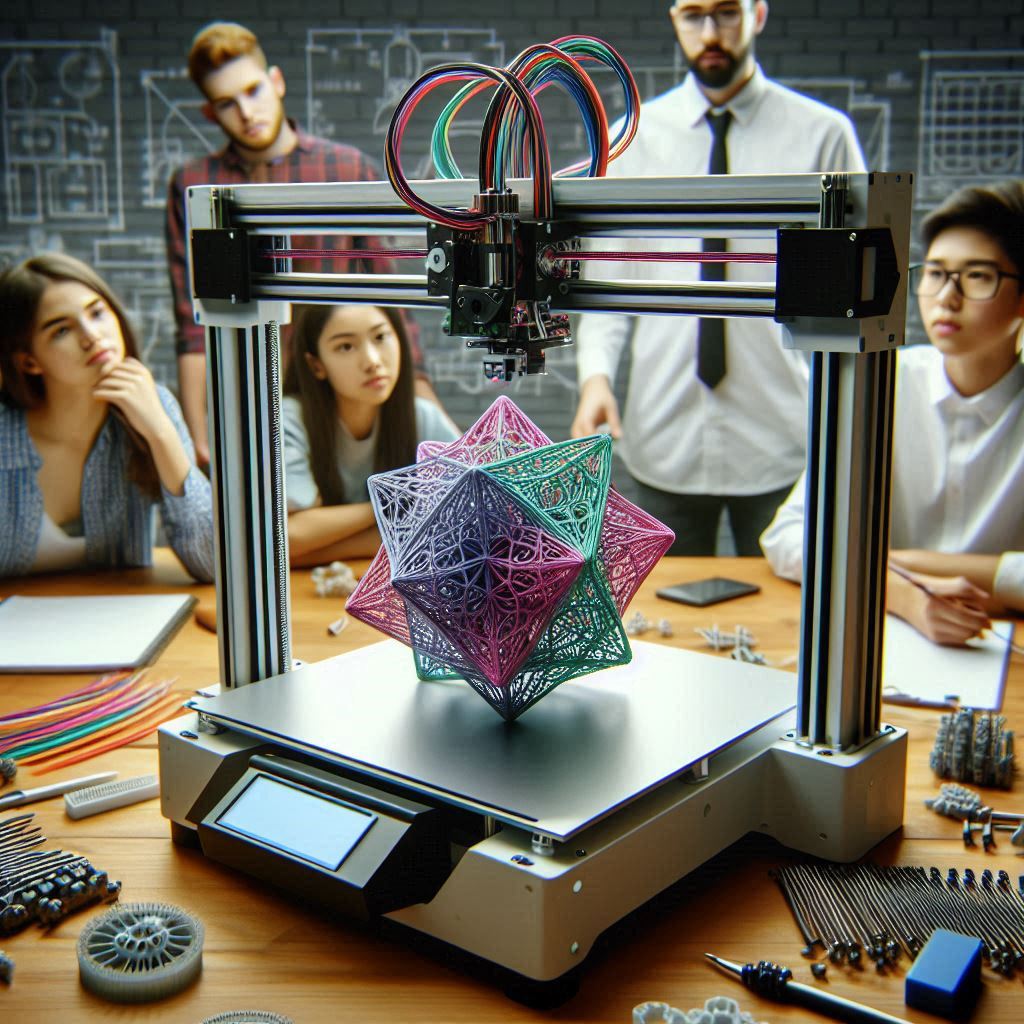
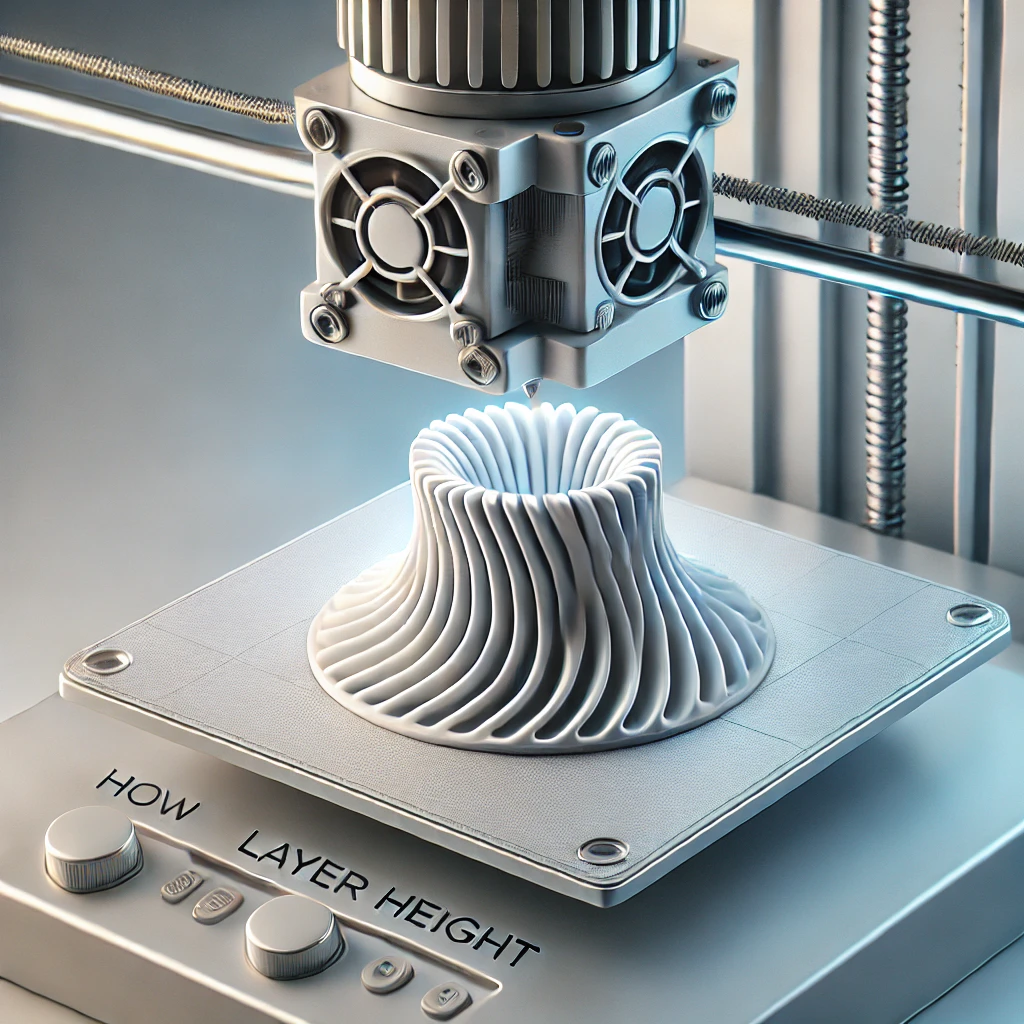
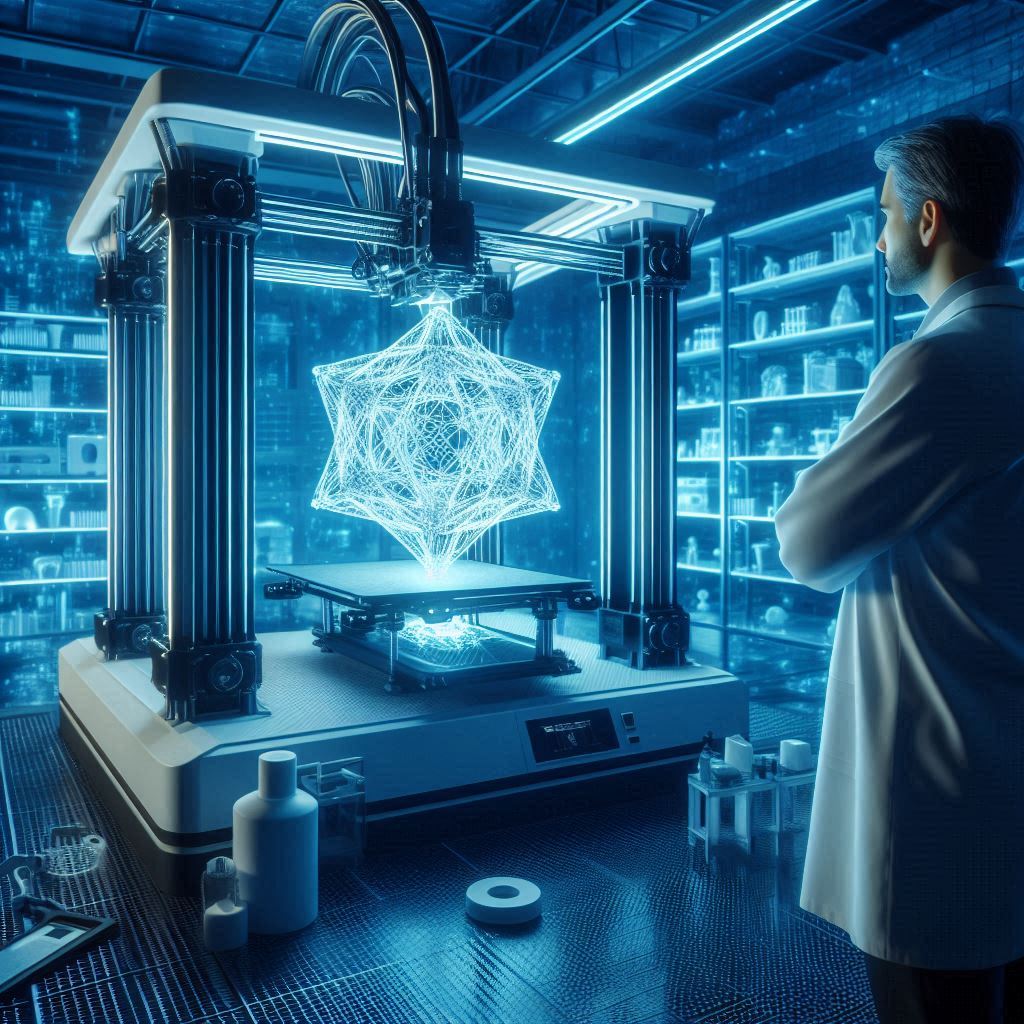

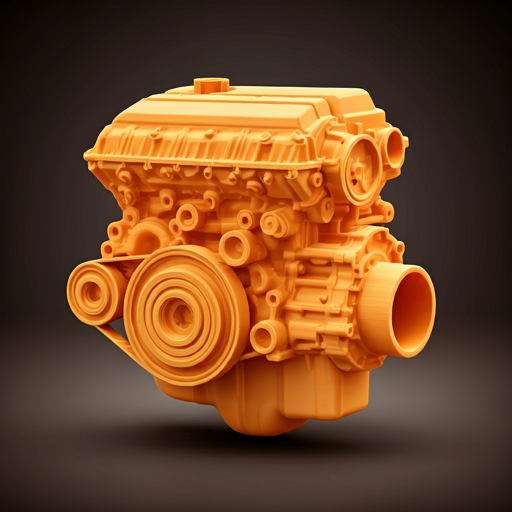

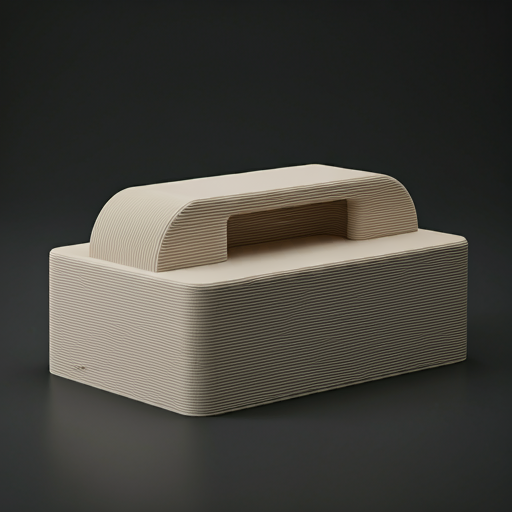
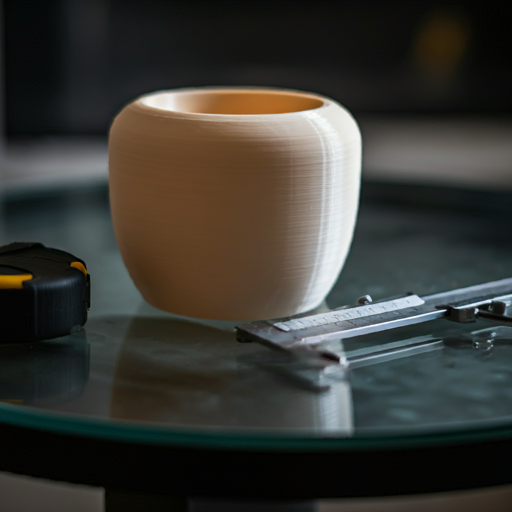
 Industries
Industries
 Resources
Resources


To showcase our advanced 3D printing capabilities in the aerospace sector, we have chosen to manufacture a flight joystick/controller, a critical component in aircraft cockpits and flight simulation systems. This project highlights our ability to produce high-precision, ergonomic, and durable components that meet the rigorous demands of aerospace applications.
The flight joystick is a complex, multi-part assembly that requires high accuracy, excellent surface finish, and strong mechanical properties. By leveraging our additive manufacturing expertise, we demonstrate how 3D printing can efficiently produce intricate aerospace components, reducing lead times and manufacturing constraints compared to traditional methods.
This project is a testament to iamrapid’s expertise in aerospace manufacturing, reinforcing our ability to deliver high-quality, customized solutions for aviation and defense applications.
At iamrapid, we leverage SLS (Selective Laser Sintering), MJF (Multi Jet Fusion), DMLS (Direct Metal Laser Sintering), and SLA (Stereolithography) 3D printing technologies to meet the stringent aerospace industry requirements. These additive manufacturing methods offer unique advantages, making them suitable for prototyping, functional testing, and end-use applications.




For this case study, we have chosen the SLA 3D printing process to showcase our prototyping capabilities in aerospace. SLA enables us to achieve exceptional detail, smooth surface finishes, and high accuracy, making it ideal for developing ergonomic and visually refined components like the flight joystick/controller.




By leveraging SLA 3D printing, we successfully demonstrate our ability to rapidly prototype aerospace-grade components with superior accuracy and design fidelity, reinforcing iamrapid’s expertise in aerospace additive manufacturing.


The completed flight joystick demonstrates our ability to manufacture intricate aerospace components with high precision. The combination of advanced 3D printing techniques, optimized material selection, and detailed post-processing ensures a functional and visually refined product.





Beyond flight controllers, iamrapid can manufacture a variety of aerospace components, including:
We work with materials ranging from resins, high-strength polymers, composites, and metals, ensuring aerospace-grade performance and durability.